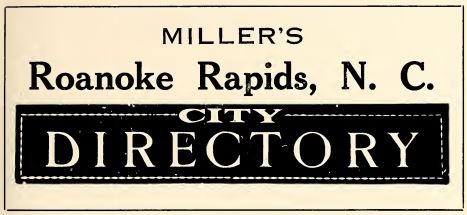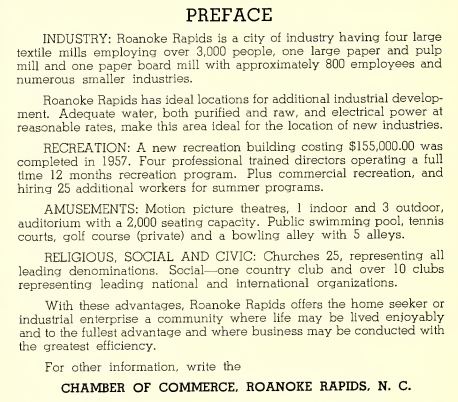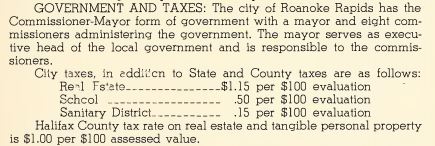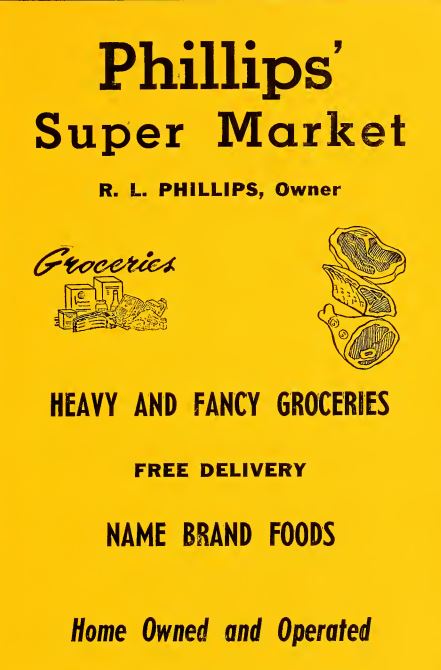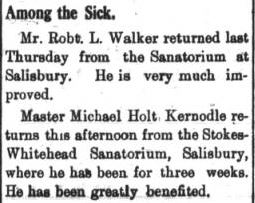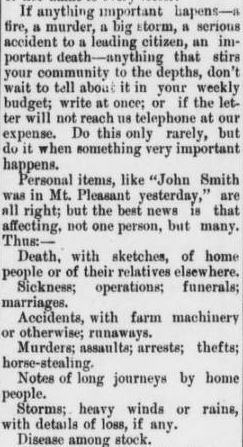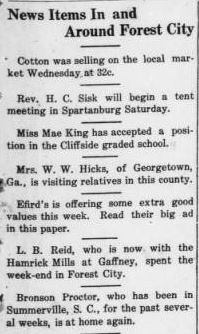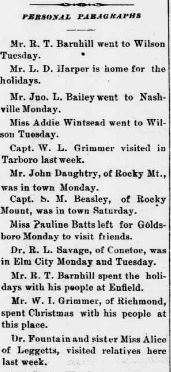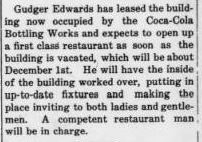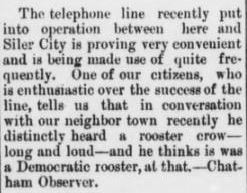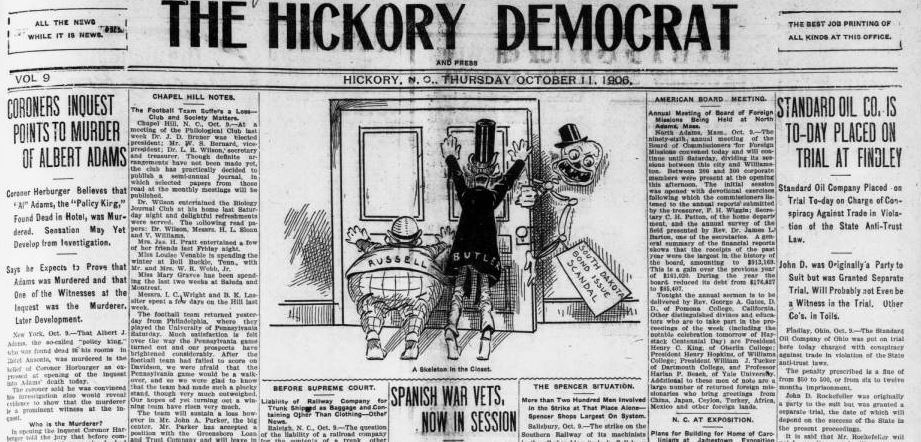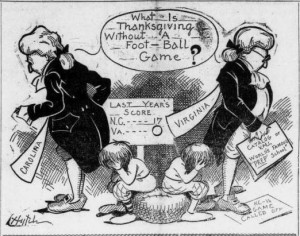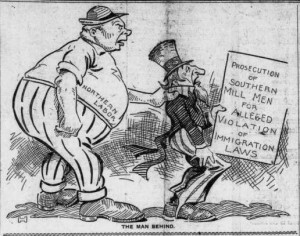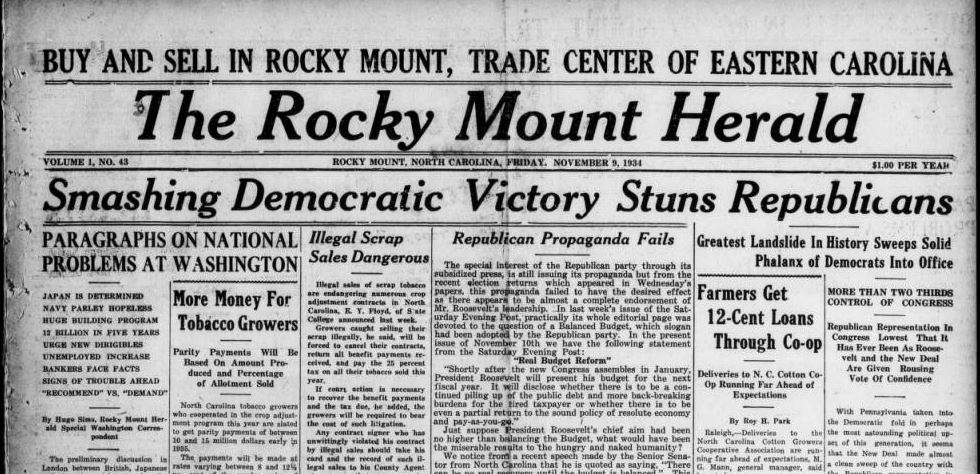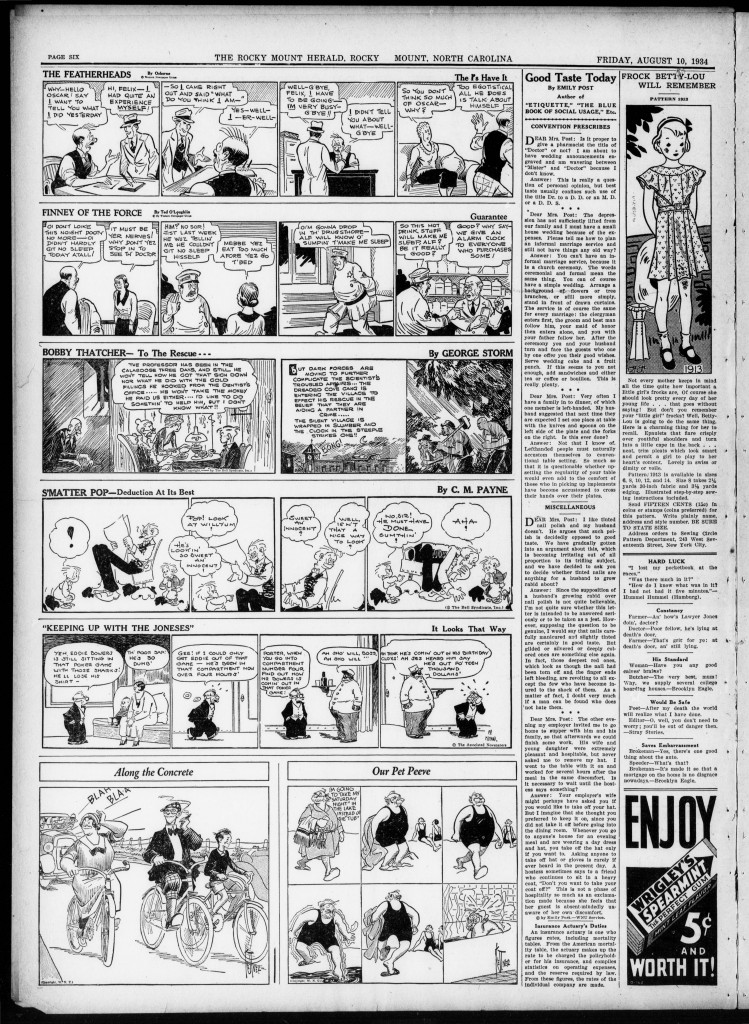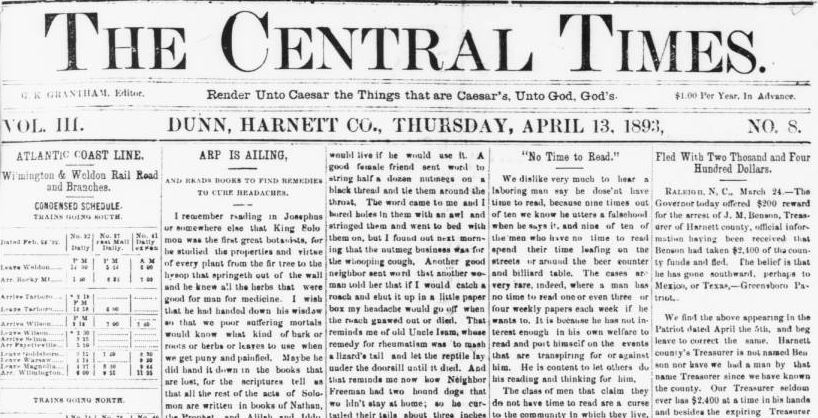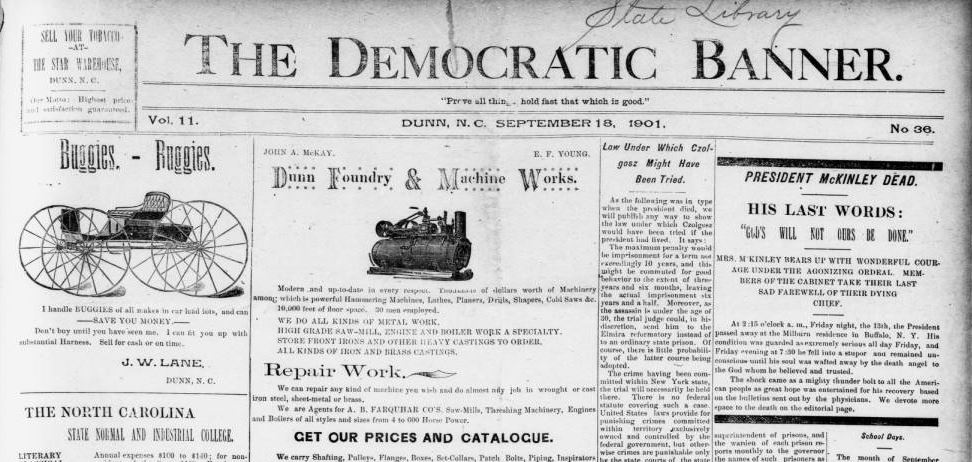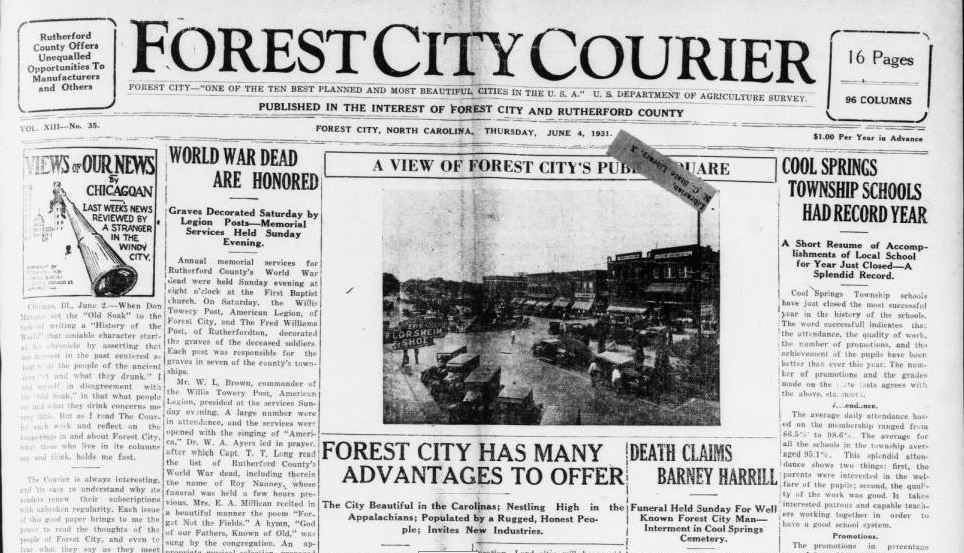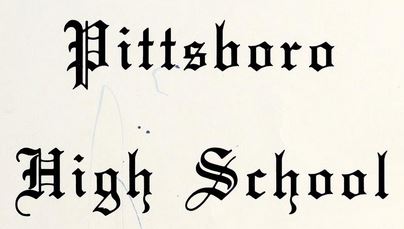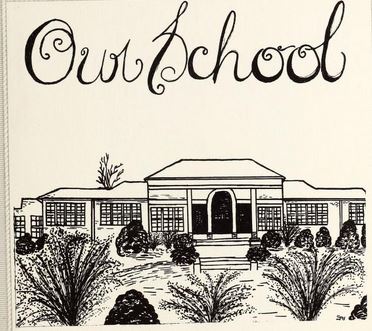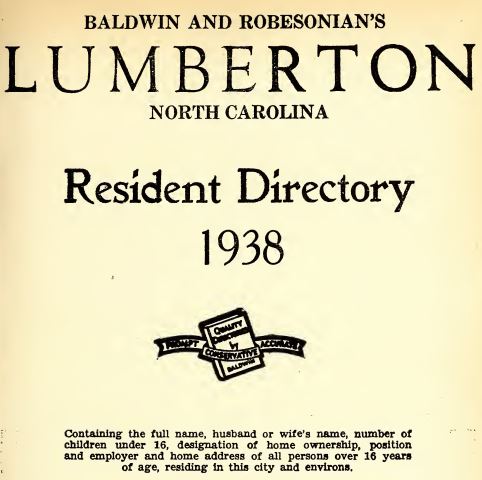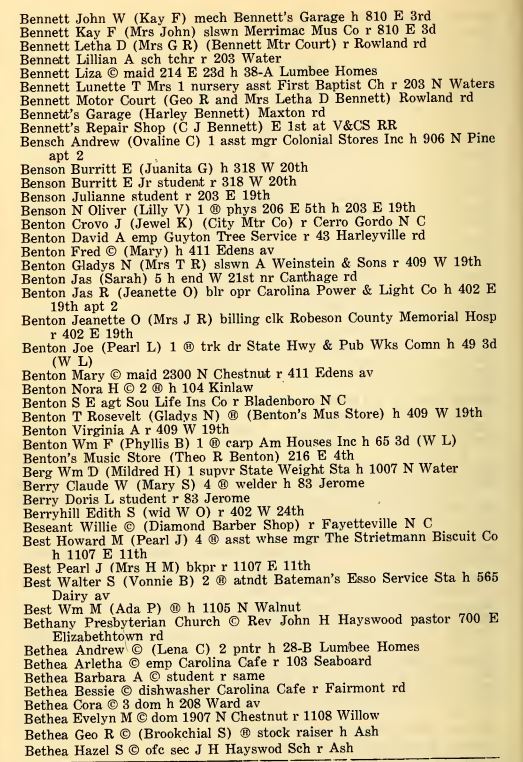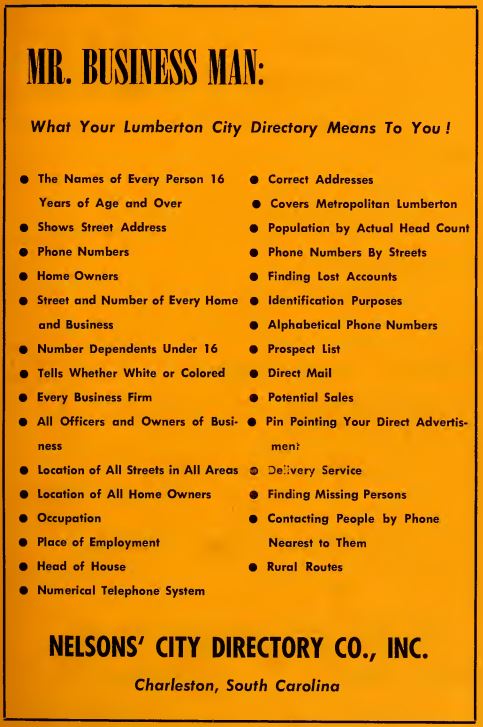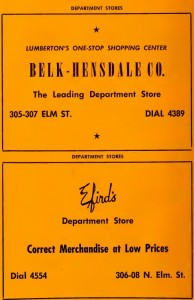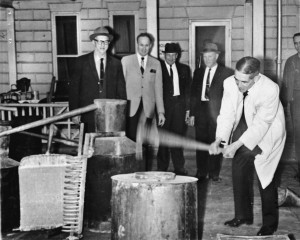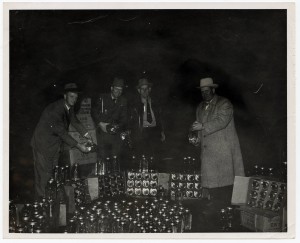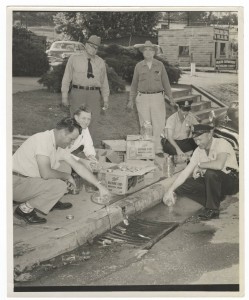This week our colleagues at the North Carolina State Library are focusing on Halifax County as their county of the week. We are taking the opportunity to again dive a bit deeper into some of our city directories from that county. Two cities from Halifax County have directories in DigitalNC: Roanoke Rapids and Scotland Neck.
The directories from Roanoke Rapids, which cover 1938 until 1963, were all published by the Southern Directory Company, which was based in Asheville, NC, and are all Miller’s Directories. Roanoke Rapids, which is Halifax County’s county seat, was a rapidly growing town during the period the directories were published. In addition to the expected listings of businesses and addresses of citizens of Roanoke Rapids, the directories all include detailed descriptions of facilities in the town, including public works, churches, schools, and amusements. There are also descriptions of the population of the town and all the counties in NC, and the tax rates in the town and county at the time.
There are two directories from Scotland Neck, which cover 1960-1962. Scotland Neck’s directories were published by Hill Directory Co., Inc., based out of Richmond, VA. These directories do not included detailed descriptions of the town, just the basic ads, telephone directory and address directory for Scotland Neck and the surrounding area. The ads in the Scotland Neck directories all include well done drawings by the publication company, making that section more appealing for consumers compared to the Miller directories for Roanoke Rapids.
To learn more about city directories, check out past blog posts here. And to view more city directories from across North Carolina, visit the City Directories Collection on DigitalNC.
